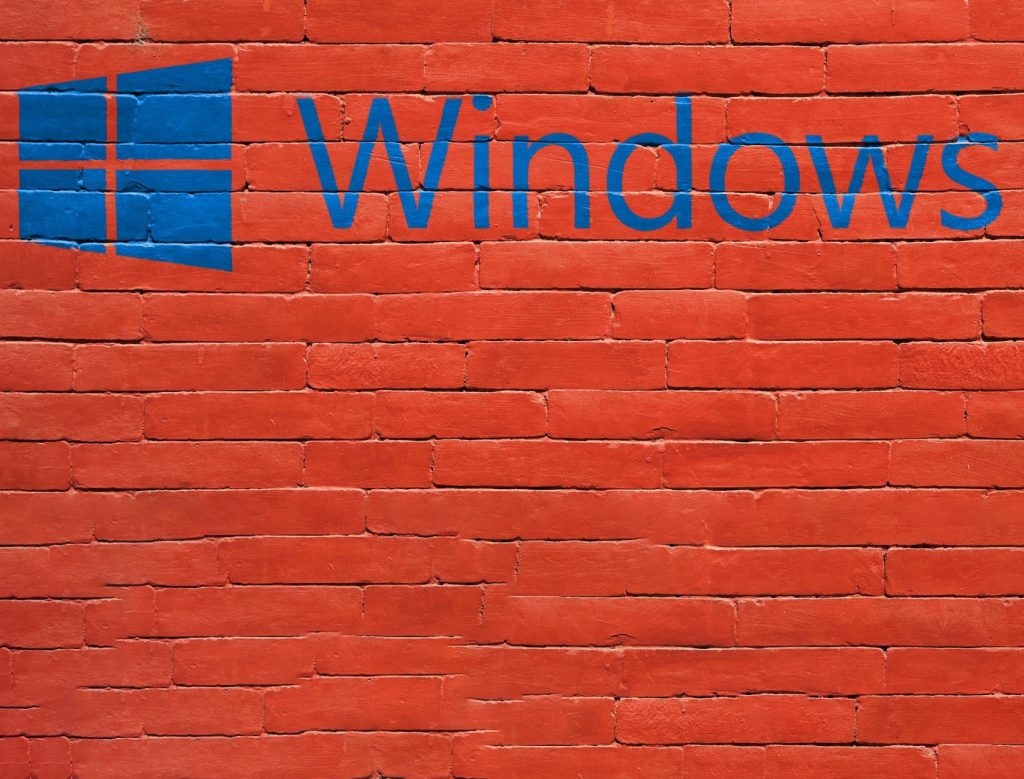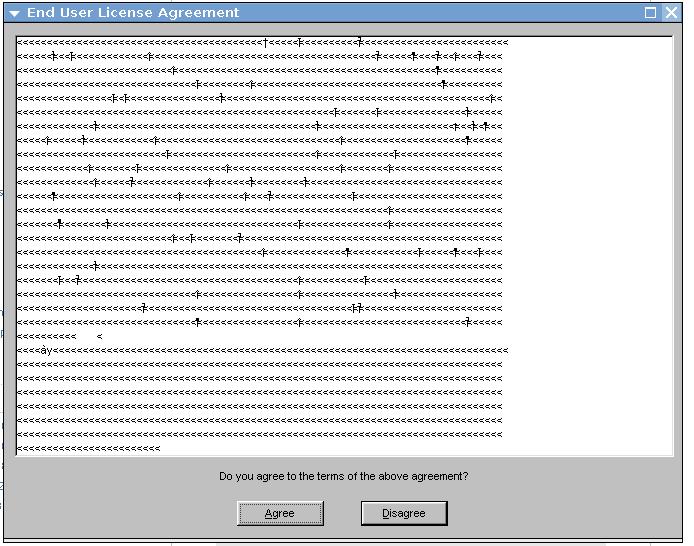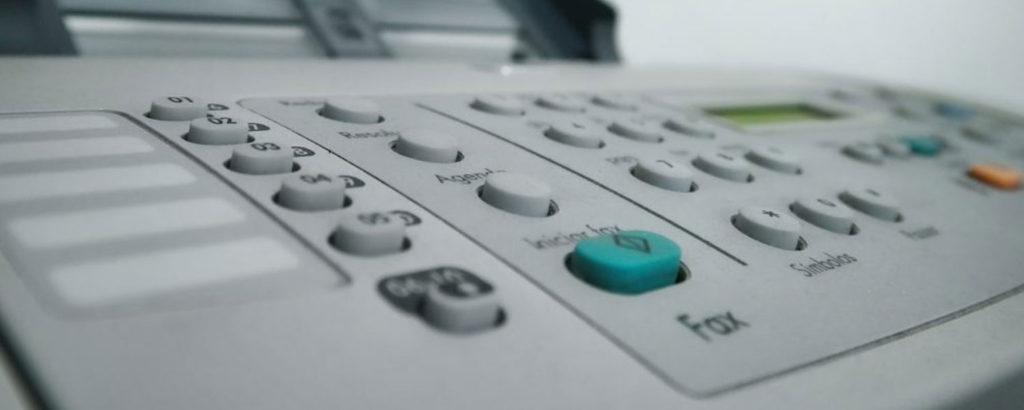“Beware the local honey trap,” says Avner in the 2005 movie “Munich” by Steven Spielberg. Wikipedia defines honey traps as an investigative practice that uses romantic and/or sexual relationships for an interpersonal, political or monetary purpose to the detriment of one party involved in this romantic or sexual affair. Honey-trapping is also utilized in similar ways by private investigators, fraudsters, and espionage agents. It’s also used more generally in the sense of using bait other than attractive women to coerce and manipulate someone into cooperating with you in achieving your goals.
Free, but is it risk-free?

This makes me wonder what Microsoft is really up to by continuing to allow users to upgrade for free from Windows 7 to Windows 10. And an article on ZDNet by well-known Microsoft commentator Ed Bott indicated as recently as near the end of last year, “the end result is an apparently valid digital license, and there’s no evidence that the free upgrades will end any time soon.” Other tech commentators have also addressed this issue numerous times but without bringing real clarity to the matter of whether the final result is risk-free for your company. And given that almost 40 percent of personal computers are still running Windows 7 according to the latest analysis by web analytics vendor Net Applications, the need for upgrading many PCs from Windows 7 to Windows 10 is still significant for companies of all sizes as well as home users.
The elephant in the room, of course, concerning this still-possible practice is this question: Is your computer properly licensed after being upgraded from Windows 7 to Windows 10? After all, none of us want the Microsoft licensing police to descend on our workplace wearing full S.W.A.T. gear carrying Darik’s Boot and Nuke CDs in their holsters ready to wipe our systems unless we fork over money for exorbitant licensing penalties. And while Windows 7 end of life is rapidly approaching along with the temptation to cut costs in how you upgrade to Windows 10, the spectacle of having Vinnie the Microsoft Enforcer show up at your door should convince you that you need to be very, very careful what you do as the person responsible for administering your organization’s Windows PCs.
So what should the nervous administrator do? This whole thing can be a conundrum, especially for sysadmins and consultants who manage small business networks where retail Windows Pro licenses are used and volume licensing isn’t employed. I’ve checked with a number of my IT pro colleagues concerning this issue and browsed endless discussions about it on various tech forums. And the end result is that I’m still somewhat confused. It’s sort of like wondering whether you’ve properly filed your tax returns; the last person you want to ask concerning this is someone at the IRS. In similar manner you probably don’t want to reach out to your local Microsoft office and ask them to come and verify whether all your newly upgraded PCs are licensed properly; you’d prefer to find out quietly by reading Microsoft literature on the subject and asking knowledgeable colleagues in the IT profession.
Peering into the murky situation

One IT pro colleagues says that in his mind the issue is still murky because Microsoft hasn’t officially said that such upgrades performed today, long after Microsoft’s free upgrade (GWX) program has ended, are invalidly licensed. The confusion arises due to the fact that upgrading a Windows 7 machine today to Windows 10 using your existing product key for Windows 7 (or Windows 8 or Windows 8.1) results in a Windows 10 installation that says it has been activated with a digital license. The assumption of course is that when you see the words “activated” and “digital license” in the GUI of your upgraded system it means just what it seems to be saying, “Hello, I’m your licensed, activated copy of Windows 10. What would you like to do today?” After all, that message of your system being activated with a digital license comes from Microsoft’s own licensing system, so one could argue that it presumes Microsoft has verified the eligibility of your Windows 7 PC to take advantage of the now-defunct but still functional free upgrade offer.
One might also be led to interpret that the whole free upgrade program from Microsoft was simply a marketing campaign and not some kind of legal contract. Still, will you be legally covered if you choose to take advantage of this back door upgrade process that Microsoft seems to have left open for Window 7 users? And has this back door been left open by accident and oversight by Microsoft? Or have they left it open deliberately as some kind of honey trap? Or perhaps for some more technical reason that none of us can fathom who don’t have access to the innards of Microsoft’s licensing system?
This is not an idle concern for businesses still running Windows 7. Someone commented on one of the forums that if your bank makes an error and you suddenly find a million dollars in your account and you go out and spend it, you would likely be charged with defrauding the bank. That’s because ignorance of the law is generally not acceptable as an excuse when your gut tells you that you’re probably doing something shady. After all, just because your neighbor left their front door unlocked making it possible for you to enter their house when they’re away doesn’t make it legal for you to do so without their express permission.
So what then does Microsoft actually have to say about this? While not expressly saying anywhere I can find that such upgrades, while activated with a digital license are actually unlicensed, there are some pretty clear statements concerned businesses should take careful heed of. For example, this Microsoft Support FAQ expressly states the following:
Is the Windows 10 free upgrade offer still available?
The Windows 10 free upgrade through the Get Windows 10 (GWX) app ended on July 29, 2016.
Also, if you take the time to read through the EULA for Windows 10 Retail you can find the following statement under Section 5 Authorized Software and Activation:
Successful activation does not confirm that the software is genuine or properly licensed.
So given the above statements by Microsoft it seems pretty clear that it’s too risky for businesses to try and take advantage of the loophole Microsoft has left us for upgrading Windows 7 computers for free to Windows 10. After all, if Microsoft ever decides to prosecute your business for breaching their licensing terms, you could be liable for a fine of up to 250 grand.
Free Windows 10 upgrade: Sweet deal or honey trap?
Let me end with two final comments. First I heard a while back from some colleague that the above may not apply to Windows 7 systems purchased recently within the last couple of years because most Windows 7 computers purchased within the last three years also have legitimate Windows 10 licenses. I haven’t actually been able to pin down official confirmation of this on Microsoft’s site or those of PC vendors, but if any of you reading this article can provide such a link you can do so using the comments feature below.
And second, a colleague forwarded me a comment he had read online on some forum that said you can still upgrade for free from Windows 7 Professional to Windows 10 Professional by setting up a Microsoft 365 Business trial for up to 25 PCs on your network. Then when the trial period ends after 30 days you can terminate the trial (if you decide not to purchase a subscription) and your PCs which are now running Windows 10 Professional will remain in a properly licensed state. I haven’t been able to source this info either, but it may be something worth looking into if you are a small business that’s still running Windows 7. Note however that this approach won’t work if your machines are running Windows 7 Home edition, only Professional edition.
Meanwhile, watch out: Free upgrades can be alluring, but they just might be honey traps.




I’d be willing to test this out, but not sure how.
A fully valid OEM license to Windows 7 Home Premium can be had in the area of about $10 (complete with a piece of non-functioning hardware that needs to be shipped to be legal when dealing with OEM licenses — sometimes I receive the device, sometimes I don’t, I never complain.) Windows 7 Pro goes for about $25.
Cheap price for piece of mind. Pick one of these up, go through the process of activating using the latest Windows 10 ISO, then knock on the door of your friendly Microsoft business analyst and start asking your questions. For extra protection, do this on a box that isn’t owned by any company, and hasn’t been on any business network, just in case the answer comes back that it isn’t, and now you’ll be audited…
While a single license may not cause a $250K fine, a single pirate license can be a “foot in the door” for a software piracy investigation by someone like BSA.ORG, the “software police”. If they find enough cause to suggest you are not paying license fees for all of your computers (the software makers actively cooperate by providing info about how many licenses you have bought legally, then bsa.org can compare that to number of computers you have etc) they can get a court order to seize all of your computers to investigate them. They effectively shut down your company. You have to pay retroactive license fees plus punitive fines. That can quickly reach $250K.
The way you see Microsoft forces users to update and installed all bugs quietly, you can see that they are honey traps. As long as there are still free Chrome OS and free Linux expansion, Windows will still have to be careful.
I found this article while trying to figure out how to reinstall my free upgrade of Windows 10. I got the Windows 7 to 10 upgrade back in the day, but I am rebuilding my computer after a disk death. I don’t know how the millions of free (and legitimate) upgrades are supposed to reinstall in the event of disaster. So I am wondering whether the whole upgrade thing might be a scam even when you did it during the legitimate period.
i’m in the exact situation. i had to reinstall 7. hence why i am reading this article 🙂
And to make this more confusing….the EULA does not use the term Digital License nor Digital Entitlement (as in Windows 10, Version 1511) BUT in https://support.microsoft.com/en-us/help/12440/windows-10-activate you can activate your Upgrade with a Digital/Entitlement License Windows 10 for free from an “eligible device running a genuine copy of Windows 7 or Windows 8.1” (Last Updated: Jul 9, 2019). There is no reference to the free GWX upgrade program. It speaks of an Eligible device running a genuine copy.
Which begs to question…Is it ONLY GWX program that has expired and is this an alternate upgrade program currently with no expiration date?
You seem to be one of the few people that can read and understand language/terms correctly. Microsoft have not explicitly stated the free upgrade via any means outside of GWX is illegal and I gather this is the greatest source of confusion for many on this topic.
However to change context a bit, prior to GWX it was illegal and of course impossible to upgrade to Win 10. Logically speaking Windows OS has simply never been free – at least to my knowledge. Only since the GWX program launched was there a time window within which one could opt to get the free upgrade. And that would mean subsequent to GWX ending it is once again illegal. The free upgrade only applied to the GWX program and it’s been stated that GWX has ended.
The statement included in the article, “Successful activation does not confirm that the software is genuine or properly licensed”, I think would lend some more logical consistency to this view.
ALL OF US RIGHT: Simply put, does anybody has a high end class action attorney to make Microsoft response. We may each get $250K for their tricky language.
Yes, prior to GWX it was illegal and of course impossible to upgrade to Win 10. Only since the GWX program launched was there a time window within which one could opt to get the free upgrade.
The free upgrade only applied to the GWX program and it’s been stated that GWX has ended.
I have updated my windows 8 into windows 10, The first one week my pc runs well without creating any trouble. But after that, it is showing error0x80248007 .
I still run on a windows 7 in my pc. wants to upgrade my windows version and this is the issue which i was looking for. much informative. I followed a few guidelines which helped me, but was not sure for up gradation.
nice post
In fact, I found the information I was looking for in your article. It’s really helpful.
I have benefited from reading your article.
Thank you very much.
dont-activate-windows/